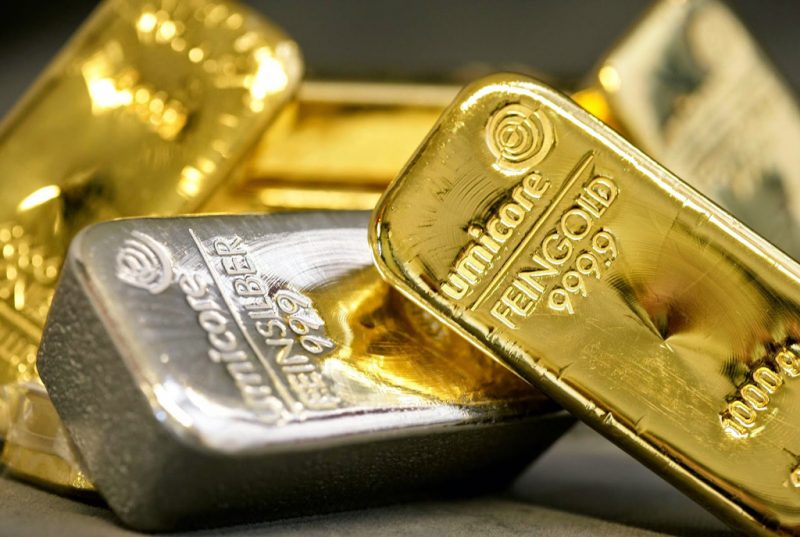
Before going into too much detail regarding the specifics of how timi liras ETF Funds work, some basic background information is in order. Gold ETFs or Exchange Traded Funds are designed essentially like any other commodity based fund, in that they are intended to track the performance of the commodity they are associated with or based on, in this case gold.
While the exact composition of individual ETF gold funds may vary, the process is such that a primary investor or market participate, working with the fund manager, goes about creating what are known as creation units of the fund. Creation units are basically large lots or bundles of shares in the ETF that can later be divided up and sold as shares on the open market to individual investors.
It’s important to note that owning shares in this sort of exchange traded product does not give the owner a claim to actual physical gold. When one decides to sell his or her shares, the seller is compensated in the form of cash reflective of the current market or selling price of those shares.
As even the most casual investor is well aware, gold has received a great deal of attention lately due to general economic concerns and market volatility. Regardless of one’s personal opinions as to whether gold is merely a commodity like any other or a form of “sound money” as described by many, investing in ETF gold can be a very straightforward way of hedging against market moves and/or capitalizing on the upward or downward moves in the price of gold.
That said, the basic function of the Gold ETF is to generate returns that are reflective of the current price and performance of gold. While this basic premise holds true for all standard gold funds, there are a variety of ways various funds are composed. Some gold funds are represented by actual physical gold while others are formed around gold futures contracts or other market derivatives. Still other funds are based on shares in actual gold mining companies. Regardless of the way the fund is constructed, the end goal is that the fund performs relative to the price of gold. Further, some funds are composed so that they are leveraged to return 2x or even 3x the return anticipated with a “standard” fund.
An example of a Gold ETF that is based on actual physical metal holding is the popular SPDR Gold Shares. SPDR Gold Shares, traded on the NYSE Arca under the symbol “GLD” is one of the largest, most popular Gold ETFs and is represented by physical gold holdings held in trust. Per the fund’s prospectus, the ETF has returned in excess of 20% gains since it’s inception.
Another noteworthy gold fund is the Market Vectors Gold Miners ETF, also traded on the NYSE Arca under the symbol “GDX”. This Gold ETF is an example of a fund based around the gold mining industry. The fund’s performance goals are intended to follow and give returns based on the NYSE Gold Miners Index.
As previously mentioned, some Gold ETFs are constructed around various derivatives such as gold futures. The PowerShares DB Gold Fund, traded under the ticker symbol “DGL” is one such fund. Despite being a relatively new entrant in the space, DGL has received growing attention as a viable ETF gold option.
In addition to the popular standard Gold funds, investors that have increased risk tolerance may be interested in the various leveraged ETF options that seek to return 2x or even 3x what may be considered a normal return. For example, in the case of a Double Gold ETF, the fund will seek to return twice the price of gold. It is worth noting that while this increased performance is very attractive it also carries additional risk. The inverse of this can easily be realized if the price of the metal should fall – the losses incurred can quickly become very significant.